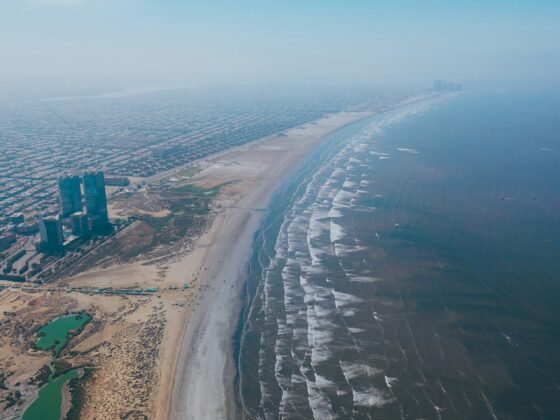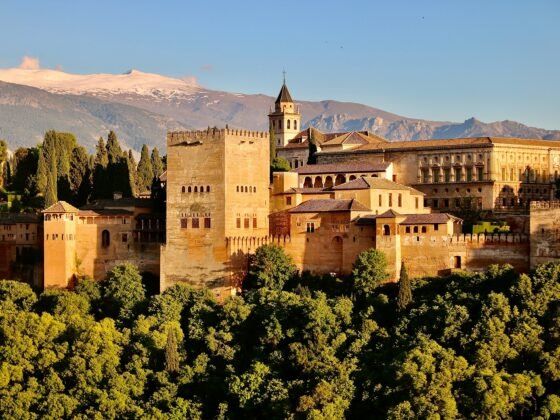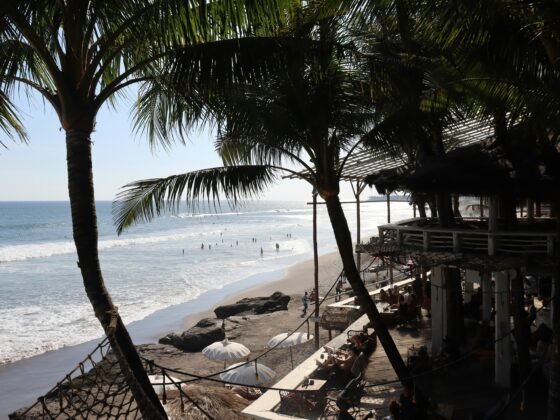
The Vatican is an independent city-state located within the city of Rome in Italy. Shaped like a diamond, it occupies 110 acres (0.44 km2) and is home to around 900 people, including the Pope and other clergymen, nuns, and lay brothers.
With five museums and the need to pre-book some tours, the Vatican City is a must for any trip to Rome, but it does need some planning to get the very best out of your visit. To understand the context of the Vatican City, it can be useful to do some background reading before your visit. 21st Century Catholic Evangelization is a useful resource to start off with.
Getting to the Vatican City
The Vatican City can feel like its own tiny universe — complete with fastidiously dressed employees, quaintly named streets (think Via dei Corridori), and stunning works of art. But despite its diminutive size (it covers 0.44 square kilometers and has a population of just over 800), it’s surprisingly easy to get lost, so that means some advance planning to make the most of your time there.
Public transport
Most people travel to the Vatican from Rome, and transport between the two is easy with several different options to choose from.
Taxis
Taxis wait at Roma Termini station and take you straight to your destination for around €16- €25, depending on traffic.
Metro
Metro line A stops at Ottaviano and Cipro. Get off, and it’s a 10-minute walk to the Vatican Museums, but if you’re going to St Peter’s Basilica, then take bus number 119, which also leaves from this stop and takes you up Via Della Conciliazione. It is possible to walk between these two sites in about 20 minutes.
Bus
Several buses leave from Rome’s Tiburtina station (mainly stopping at Termini) and travel close by the Vatican City (St Peter’s Square). The No.84 leaves every 15mins, while the No.87 runs every day until midnight; tickets cost €1.50 one way and must be bought before boarding from a tobacconist or newsstand rather than on the bus itself.
Trains
The closest train station to the Vatican is Ottaviano-S. Pietro, which is served by Metro line A and several buses. It’s only a 5-minute walk from here to St Peter’s Square. Journey time is around 15 minutes, and trains run every 30 minutes at peak times — also stopping at Cipro-Musei Vaticani metro stop if you’re going to the museums; otherwise, it’s a 10-minute walk from Ottaviano.
When is the Best Time to Visit?
The low season is between November to February, excluding Christmas Eve, Christmas Day, and New Year’s.
The high season is from April through to October. If you must visit during these months, then the afternoon is often quieter than the morning.
Tuesday, Thursday, and Friday are quieter than other days, though they’re still busy in peak season. We’d suggest avoiding Saturday as that tends to see the highest number of visitors.
When the Pope is at the Vatican, he holds an audience at St. Peter’s Basilica every Wednesday. With St Peter’s Square holding up to 80,000 people, this can be a chaotic time. So, head to the Vatican Museums first and then make your way to the St Peter’s Basilica by the time the crowd begins to head off.
The Vatican’s website details when the audiences are being held and at what time.
Security Lines
To speed up the process, make sure you know what you can’t take into the Vatican City with you:
- Medium and large umbrellas
- Video cameras
- Knives, scissors, and metal tools of various types
- Firearms or other dangerous materials
- Any type of laser pointer or amplified microphones
- Luggage, suitcases, or bags larger than 40 x 35 x 15 cm will have to be left in the cloakroom.
- Rucksacks that can be carried on your shoulders are okay as long as they don’t exceed 15cm beyond the largest part of your body.
Dress Code
Wear modest, covered attire. Sleeveless tops, shorts above the knee, and very short skirts are not allowed in any of the Vatican Museums or St Peter’s Basilica — you will be turned away if you don’t adhere to these rules. If you have any tattoos that may offend, then you will also need to make sure that they’re covered up.
Be Prepared for The Weather
The Vatican is one of the hottest tourist spots in Rome during July and August, which can mean long periods stuck outdoors in the sun. Wear sensible shoes and drink plenty of water to keep yourself hydrated.
If you’re traveling in the winter months, make sure you only take a small umbrella, larger ones have to be left at the cloakroom
Do Consider Prebooking a Tour
While we often recommend doing your own thing and avoiding guide tours, there are always some exceptions to the rule, and Vatican City is one of them!
When you pre-book, you avoid the long queues for tickets, and when we say long, it can take several hours to get to the front of the queue at peak times! You will still have to queue to go through security, but this is generally a pretty quick process.
Don’t Forget the Gardens
Access to the gardens isn’t included within the standard entrance ticket. Numbers are strictly limited to prevent footfall damage, so make sure you book in advance to gain entry.
Once inside, you’ll find the influences of not just Italy but also of France and England. From geometrical designs from the Renaissance through to classic baroque art, along with pagodas, and temples the gardens can make for a peaceful distraction from the crowds.
Be Respectful
For many visitors, the opportunity to visit the Vatican City is a holy pilgrimage, so it’s essential that the inconsiderate behavior of other visitors doesn’t spoil their experience. So, do remember that:
- Flash photography is strictly forbidden, and all photography is prohibited in the Sistine Chapel
- Visitors are asked to observe absolute silence in the Sistine Chapel
- Mobile phones should be in silent mode
- Don’t eat or drink inside the exhibition halls











